For centuries of human-led construction, architects and building planners have applied their skills to making buildings last for as long as possible. And it’s a testament to their skills that there are structures standing today that have lasted thousands of years.
But, naturally, some buildings are tougher than others, and not every building that is built today will have the same longevity that, for example, the Pyramids of Giza or the Taj Mahal have. In many cases, this is simply because they are not meant to.
So, in this guide, we’re answering the question: which current buildings will survive for the longest amount of time?
In it, we’ll probe how long buildings are usually designed to last, whether modern buildings can survive for 1000 years, and what makes buildings highly endurable.
But first, let’s explore some examples of buildings we think will stand the test of time for centuries to come. We’re basing our argument on the basis that these buildings will continue to be used as they are now, with no damage from external factors.
The Pantheon, Rome
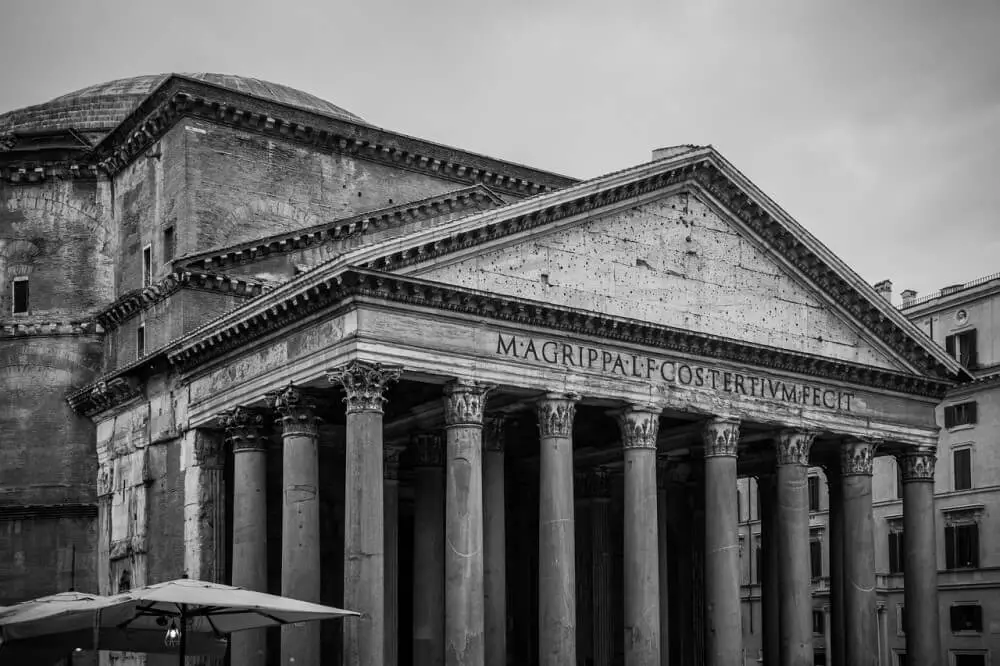
First on our list of buildings which are likely to last a long time is the Pantheon in Rome. The reason for its inclusion is simple – it has endured for nearly 2,000 years already! And, on this basis, it is likely to remain standing for a long time yet.
Like many ancient buildings, the Pantheon was constructed with materials that were designed to last. It was with structures like this that the Roman Empire began using the as-then innovative technique of building with concrete.
This, combined with the careful maintenance of the Pantheon in the intervening years, has made it a highly endurable building. And, unlike other iconic Roman buildings like the Colosseum, the Pantheon has had continued use for thousands of years, which has also contributed to its longevity.
As a symbol of Ancient Roman architectural and building ingenuity, it continues to be a popular tourist attraction to this day, attracting visitors far and wide. Its continued presence in modern day Rome is a testament to all those who helped to build it.
Hoover Dam, USA
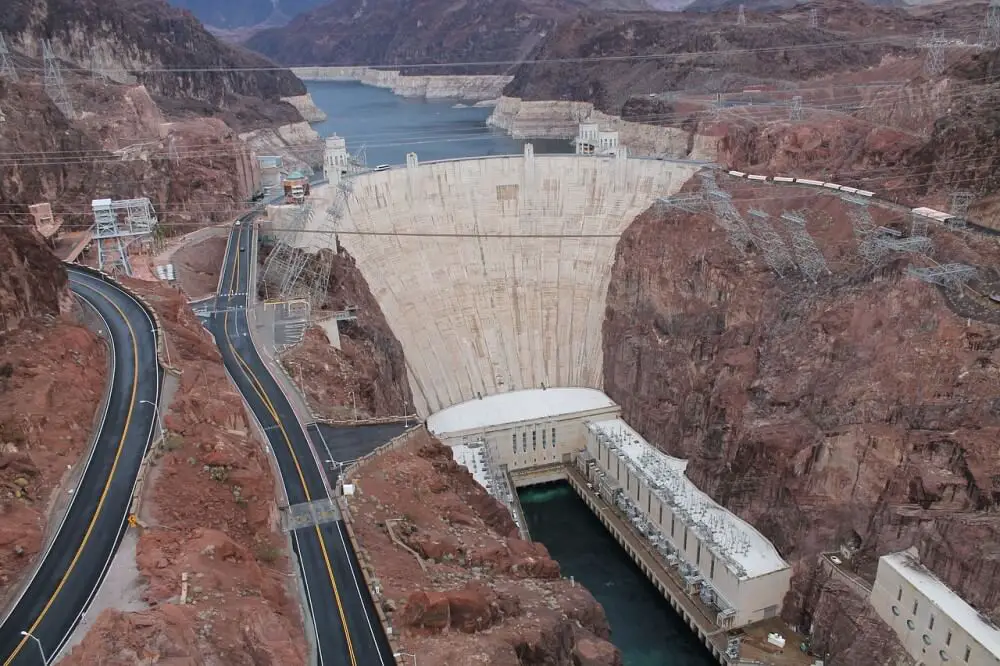
Built between 1931 and 1936, the Hoover Dam is one of the USA’s great architectural triumphs. It was designed with the intention of providing hydroelectricity to the South West of the country,
Due to the Hoover Dam’s purpose, which was to prevent water from flowing down into the canyon below, it naturally needed to be built to last. And that it was, with robust steel and concrete components forming a huge vertical barrier preventing any leakage.
This innovative and incredibly sturdy design, as well as the continuous maintenance and repair that goes into the dam, will make sure it performs its vital role for centuries to come. And no doubt it will also continue to be a popular tourist attraction with those who visit nearby Las Vegas.
Akshardham Temple, New Delhi
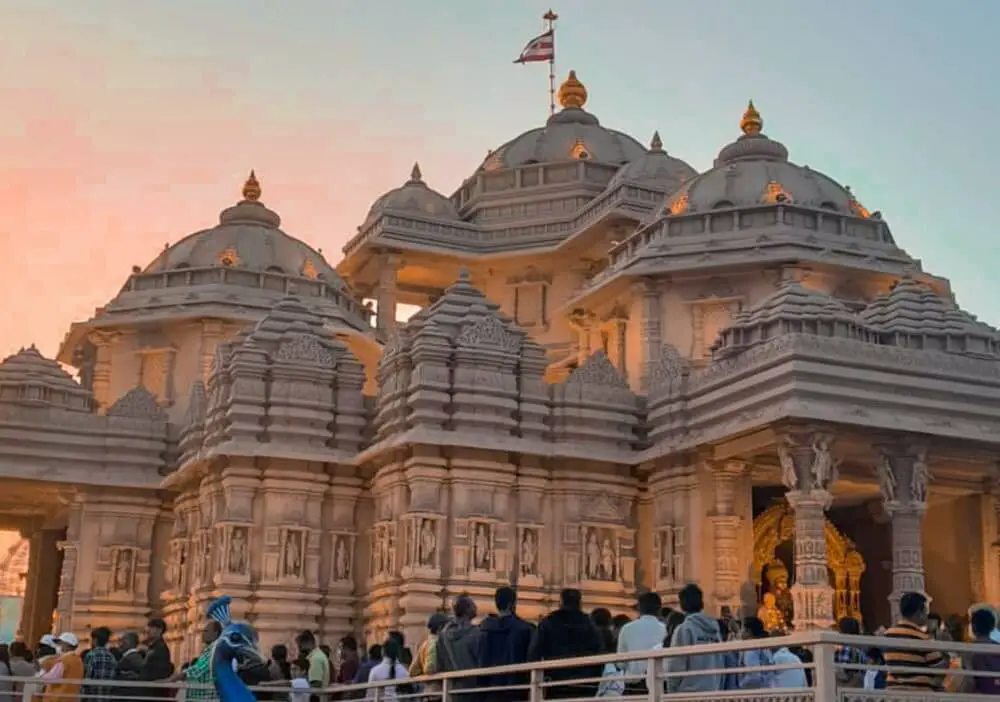
While only completed in 2005, it’s a sure bet that the Akshardham Temple in New Delhi already has the characteristics to be a building that survives a long time. For, it uses numerous ancient and modern building innovations to ensure its endurability.
For a start, its foundations are reinforced with steel, which is relatively rare for temples as it is not always considered traditional. Also, its walls are made of concrete and marble, which contributes to high weathering resistance.
Combined with the intricate artwork of its exterior, Akshardham Temple is a symbol of modern Indian architectural prowess. And, as a result, it is one of the most popular tourist attractions in the city, drawing in millions of visitors each year.
Explore our related articles:
Top 20 White Elephant Construction Projects Around the World10+ Amazing L Shaped Buildings from Around the World
25+ Amazing Facts about Battersea Power Station
What is the Tallest Building We Could Build?
Would it be Possible to Build the Pyramids Today?
Top 15+ Longest Buildings in the World
Why is a Building Called a Building if it's Already Built?
St. Louis Arch, St. Louis, USA
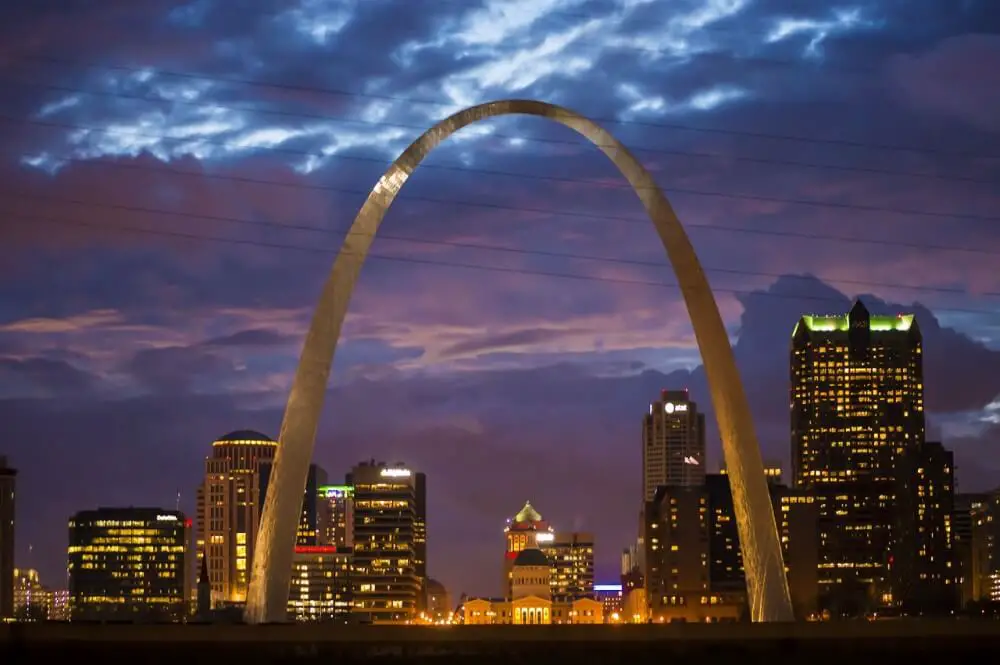
Next on our list of the world’s most future-proof buildings is the St. Louis Arch, which rises high over the city of St. Louis in Missouri. Also known as the Gateway Arch, it is the tallest man-made monument in the entirety of the USA, and is one of the city’s most recognisable landmarks.
But what makes it such a sturdy structure? The answer lies in its composition, with the monument comprising entirely of high-quality stainless steel. That, allied with its firmly anchored foundations, ensure high levels of corrosion resistance and structural stability.
Finished in 1965, the arch’s condition has continued to be bolstered by repeated maintenance and repair, keeping it glistening for all visitors to see.
Grand Mosque, Abu Dhabi, UAE
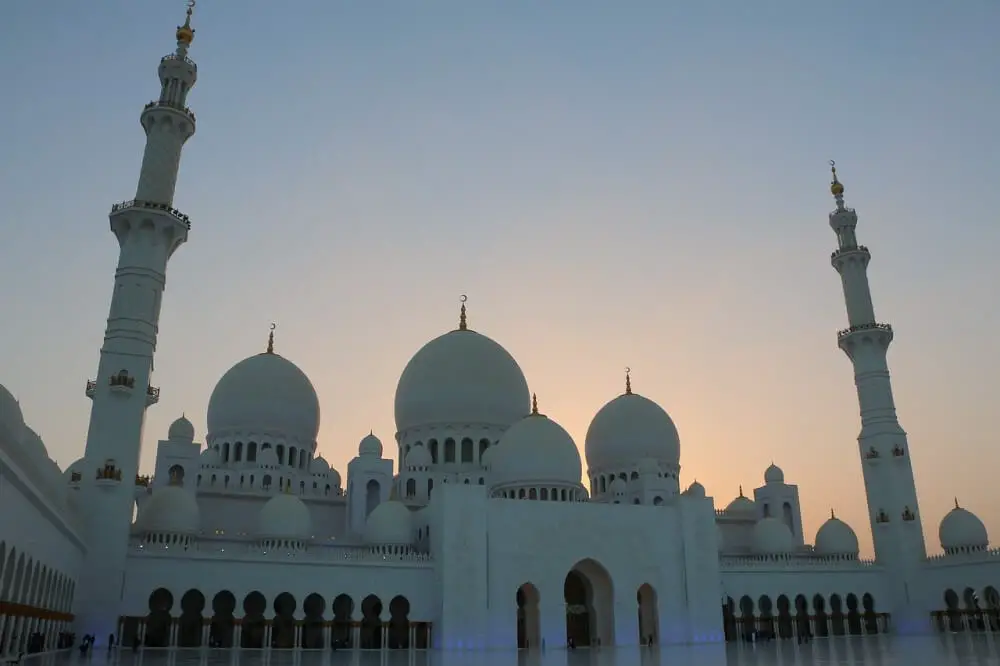
With some of the grandest buildings in the world within its borders, the UAE is no stranger to architectural and engineering milestones. And, it will likely also contain one of the world’s longest-surviving buildings in the world – namely, the Grand Mosque.
The Grand Mosque is a spectacular architectural feat that comprises a blend of traditional and contemporary Islamic design elements. For example, it features stunning hand-crafted Islamic calligraphy across its white walls, as well as intricate artwork.
Its durability stems from its white marble exterior, and its 82 domes, which are supported by four huge pillars. With structural elements like this, the Grand Mosque is not only one of the UAE’s most beautiful buildings but also one of its most resilient.
Onkalo Nuclear Fuel Repository, Finland
The Onkalo Nuclear Fuel Repository in Finland is one building that we definitely hope will stand the test of time. This is because the Repository is the chosen location for the disposal of spent nuclear fuel, and is hoped to survive for at least 100,000 years.
To achieve this impressive facility, has a unique and innovative design that, when fully operational in 2023, will render it invulnerable to environmental damage. This design features over two kilometres of reinforced underground tunnels, surrounded by granite bedrock.
Once the tunnels have been excavated and fitted, they will be filled with containers of nuclear waste, which will then be sealed with a protective layer of bentonite clay to prevent any leakage. If there is any building which ought to last for a long time, it is this one!
Large Hadron Collider, Geneva, Switzerland
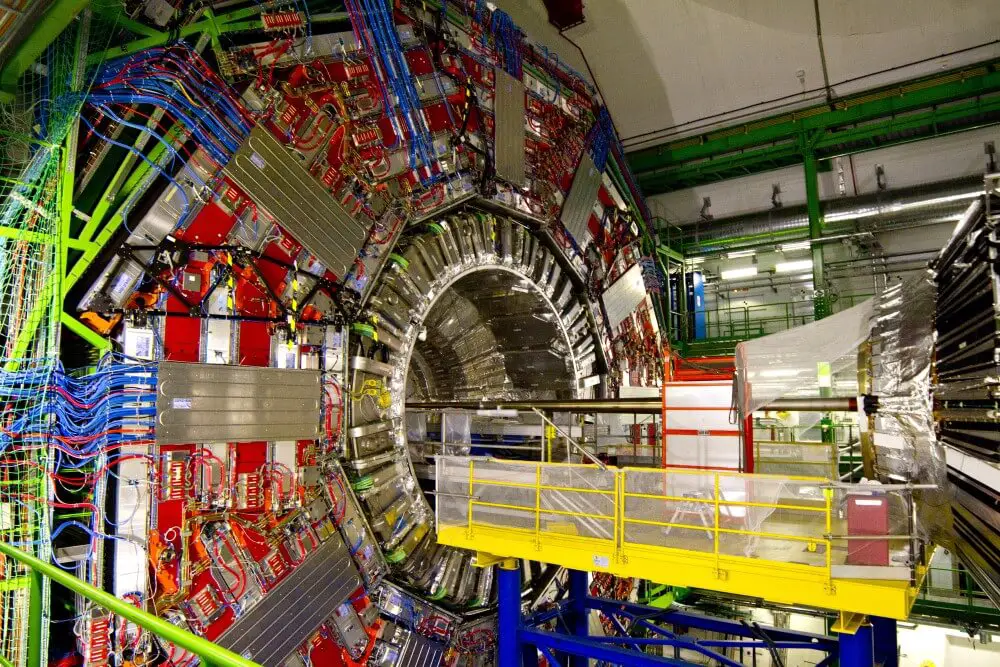
Known around the world as one of the most groundbreaking scientific test facilities anywhere, the Large Hadron Collider in Geva, Switzerland, is another highly endurable building. Located on the French and Swiss border, it consists of a circular tunnel that is around 27 kilometres in circumference.
The sturdiness of the Large Hadron Collider structures owes to its purpose, which is to collide particles at incredible speeds in order to recreate the conditions that were present just after the Big Bang. Thus, it has to be capable of withstanding temperatures of less than -271.3°C, which is what the superconductor magnets need in order to perform their job.
As long as it remains operational, the Large Hadron Collider will continue to provide amazing insights into particle physics and how our universe came to be.
NORAD Bunker, Colorado, USA
Deep beneath the Cheyenne Mountain in Colorado, the NORAD bunker is the designated place where the US and Canadian militaries will operate from in the event of nuclear attack. It is one of the most secure locations on the planet, and it goes without saying that, considering its purpose, it is one of the most endurable buildings in the world.
The design of the bunker is undoubtedly a feat of modern civil engineering, with its survivability bolstered by the fact it is built deep into the surrounding granite bedrock. If that wasn’t enough, it has two-foot thick reinforced concrete walls that can withstand a tremendous amount of external force.
With these factors considered, it is not hard to imagine that the NORAD Bunker, regardless of what the outside world may throw at it, will be here for at least the next few centuries.
Feldstraße Bunker, Hamburg, Germany
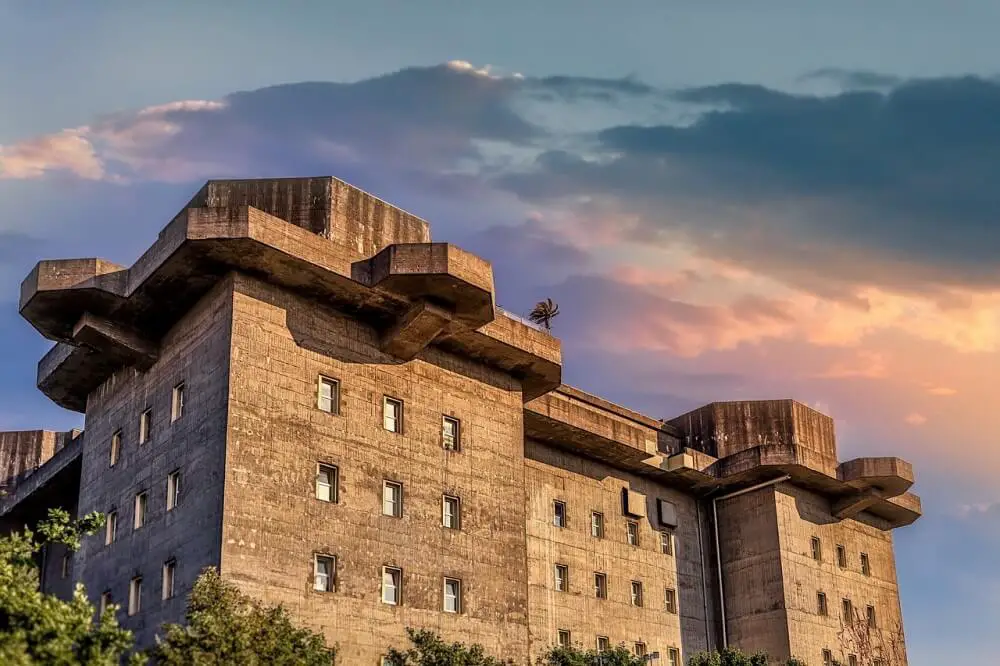
In Hamburg, Germany, the Feldstraße Bunker is a WW2-era air-raid shelter that was built to protect residents from the bombs raining down on the city. It was built in just 300 days, but you wouldn’t think it looking at its monumental scale.
Size aside, what makes this building really endurable is its explosive-resistant features. These include 3 metre-thick reinforced concrete walls and a labyrinth-like floorplan, which was done intentionally to reduce the effects of extreme air pressure. The bunker even had a medical station and an air ventilation system to keep its occupiers safe.
While this gigantic building is in many ways more sobering than stunning, it’s hard to deny that it is a structure that will last as long as the authorities allow it to stand.
Pyramids of Giza, Cairo, Egypt
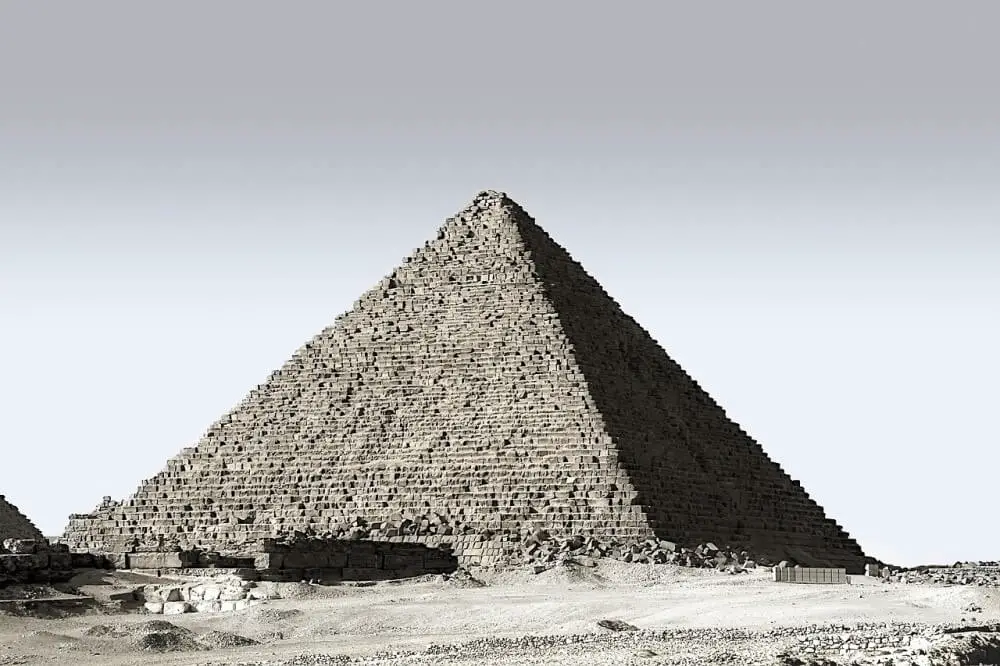
We couldn’t have put together a list of the world’s most surviving buildings without perhaps the most famously enduring of them all. Of course, we are talking about the Pyramids of Giza, in Cairo, Egypt.
Built over 4,500 years ago, the 118 Pyramids represent an astonishing example of ancient building and civil engineering. They were constructed using huge limestone blocks, which were quarried, smoothed and placed with immaculate precision by labourers into their current form.
This construction technique, and the consequent care that has gone into preserving the Pyramids, means that even now the structures continue to awe visitors and historians alike. If the last 4,500 years are anything to go by, maybe they will continue to do so for another 4,500!
How long are buildings designed to last?
How long a building is designed to last for depends on the type of building involved, and its intended purpose. Buildings may be planned to either last for mere decades or for hundreds of years, and the materials used in the construction phase dictate this.
For example, commercial buildings like offices are often only designed to last for 30 to 50 years, which is due to the comparatively short tenancies that businesses sign up for. On the other hand, residential buildings such as homes and apartment blocks are frequently built to last for more than 100 years.
The buildings that are designed to last for the longest time are usually municipal, civic and religious structures. Not only are these built with highly durable materials like stone, brick or marble, but they also usually only have one use or purpose in mind during planning.
Assessing and forecasting the lifespan of a building is an important consideration in the design phase, as it highly impacts which assets will be used, and how much the structure will cost.
How do buildings last for a long period of time?
There are several factors that go into buildings lasting for a long period of time. These include the performance and quality of the materials used, how the building is designed, and how well it is maintained and repaired over time.
For instance, using materials like stone, brick, concrete or marble can greatly prolong a building’s lifespan, as opposed to others such as plastic or particle board. These materials can better withstand external forces and natural degradation.
And, the way these materials are used in the design of the building also plays a huge part in a building’s durability. Architects and civil engineers have a variety of key requirements to focus on to ensure a structure’s longevity. These include efficient drainage, reliable support structures and proper roofing.
Finally, one of the most key factors of a building surviving for a long time is the constant inspections, maintenance and repair to fix the issues that naturally over a structure’s lifespan. As well as keeping the structure looking presentable, it helps to maintain its structural stability.
Can modern buildings survive for 1000 years?
There is no right answer to whether modern buildings can survive for 1000 years. But, there are certainly some good contenders of structures that have the right characteristics to do just that.
After all, many of the current buildings that have lasted for more than 1000 years were built using materials we still employ today, such as stone, brick and concrete. While this is not common as it once was, there are still plenty of modern examples using these elements.
And, even with modern buildings that use different materials like steel or glass, developments in construction technology have meant that buildings can be made more resilient than ever.
Thanks for reading our guide to which buildings will survive the longest amount of time. While there are some seriously sturdy structures in this list, it’s by no means exhaustive. There are plenty more buildings around the world that are sure to face up to time’s pressures!
For more related news, views and in-depth guides, explore more of our general building articles, featuring the top 15+ longest buildings in the world.
Or, if you’d like more guides to building and architecture vocabulary, take a look at our selection of building wikis, including what the definition to ha-ha is.
Last Updated on 26 February 2023 by Michael